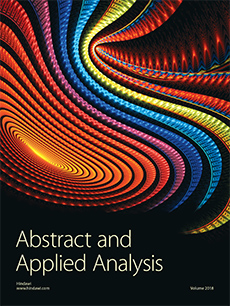Abstract
The orbital motion around a central body is an interesting problem that involves the theory of artificial satellites and the planetary theories in the solar system. Nevertheless some difficult situations appear while studying this apparently simple problem, depending on each particular case. The real problem consists of searching the perturbed solution from a basic two-body motion problem. In addition, the perturbed problem must be solved using a numerical method and its efficiency depends on the selected coordinate system and the corresponding time. In fact, local and global errors are not necessarily homogeneously distributed over the orbit. In other words, there is a strong relationship between the spatial distribution of the selected points and the temporal independent variable. This is particularly dramatic in specially difficult cases. This issue leads us to consider different anomalies as temporal variables, searching for both precision and efficiency. Therefore, we are interested in the study of techniques to integrate the orbital motion equations using different anomalies as temporal variables which are functions of one or more parameters. The final aim of this paper is the minimization of the integration errors using an appropriate choice of the parameter depending on the eccentricity value in the family of the generalized Sundman anomalies.
Citation
José Antonio López Ortí. Francisco José Marco Castillo. María José Martínez Usó. "A Note on the Use of Generalized Sundman Anomalies in the Numerical Integration of the Elliptical Orbital Motion." Abstr. Appl. Anal. 2014 1 - 8, 2014. https://doi.org/10.1155/2014/691926





